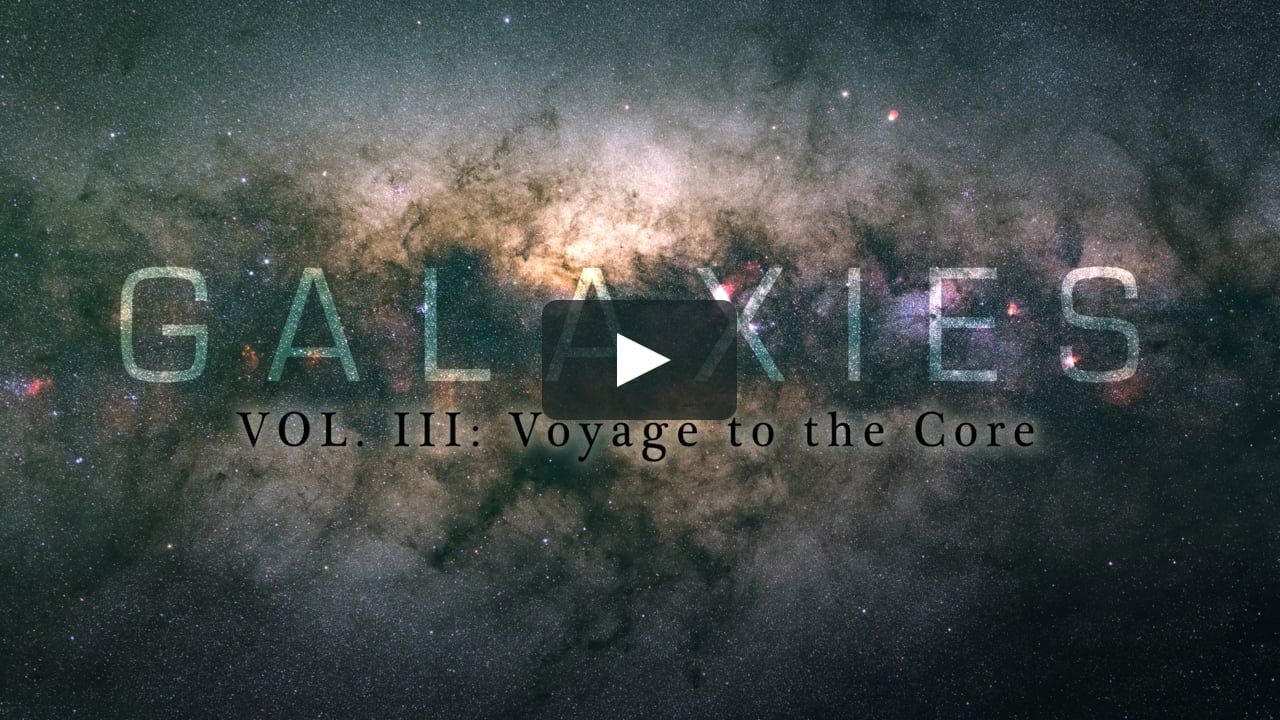Sep 7, 2018
GALAXIES VOL. III : Voyage to the core Staff Picks
Posted by Alberto Lao in categories: alien life, habitats
4K — This is stunning! 🤪🤩💫 Goodnight, Earthlings! Credit video: Adrien Mauduit Films.
There’s something fascinating about our own home galaxy. Even if we still cannot look at it from above and gaze at the full span of its arms, the sideway view offers a quite a showdown. To me the central part of the milky way is the most spectacular sight of the night sky. It’s something you can clearly see with the naked eye when you are away from city lights. It’s a sight that really brings your down to Earth and lets you wonder at how small we are, while comforting you in the thought that you are part of this Earth and the Universe. I could gaze for hours at the central bulge and just contemplate its compelling beauty from where it rises till where it sets. From a photographic and scientific point of view, this part of the milky way is so interesting to capture and study because if our solar system is located in its suburbs, the downtown district of our home galaxy harbors billions upon billions of stars. They are so concentrated that the total light coming from them can be seen millions of light years away and really creates this halo of light visible when you take a picture of it, much like a fire blazing. However a thick blanket of dark hydrogen clouds shroud and block the complete view. You can even see these fine dark lanes with the naked eye and they really participate in making the whole picture something from another world. Of all of them the Pipe and Dark Horse nebulae are descending down the core obscuring the upper part of the central bulge. In addition to this celestial show many emission nebulae- reliques of previously exploded stars, pepper the disc. Among them the bright and colorful Lagoon nebula, the pink and blue Trifid nebula, the red Cat Paw, War and Peace and Prawn nebulae around Scorpius. Moreover many star clouds (like the Sagittarius star cloud) and other remarquable star clusters also participate in strewing this already full frame. Finally the closest stars (like Antares) and near planets visible during the time of shoot (Mars, Saturn, Jupiter) also give a sense of just how ridiculously big the distance between Earth the core is.
Continue reading “GALAXIES VOL. III : Voyage to the core Staff Picks” »

















